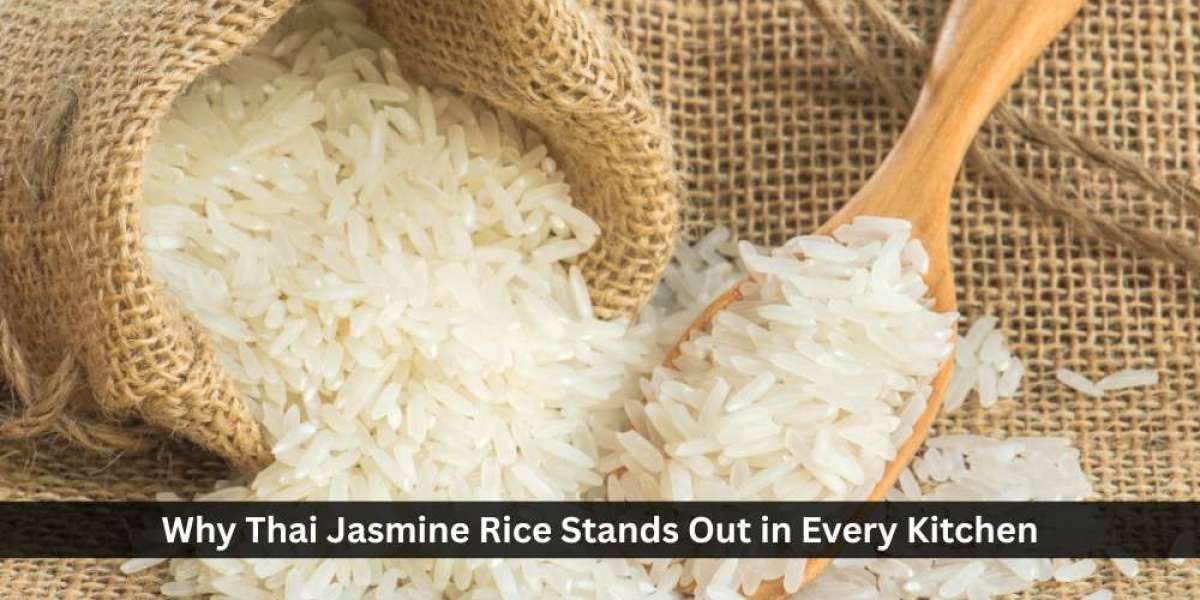Open a bag of Jasmine, and the kitchen changes. Steam carries a floral note that feels familiar, almost nostalgic, even if you’ve never been to Thailand. The grains cook long and slender, soft but not gluey — handy for a Tuesday curry or a flash stir-fry before footy. What keeps it special is the care behind it: patient growers, attentive milling, and honest trade. If you’re chasing the real deal, partnering with a Thai rice distributor helps. Not the cheapest shortcut, sure, but the difference shows up on the plate: fragrance that lingers, texture that holds, and a clean finish that lets the meal do the talking.
What makes Thai Jasmine rice so special?
It’s the fragrance, the texture, and the way it behaves in the pan. The aroma blooms as heat hits the pot, while the cooked grains stay long, separate, and lightly glossy — a rare balance.
Jasmine’s character comes from climate and soil as much as variety. Central Thai paddies swing between rain and sun in a rhythm that concentrates flavour. At the table, the rice slips between roles with ease: soaking up green curry, sitting neatly under grilled chicken, or taking a quick toss with garlic and prawns. When quality matters, we lean on Thai rice quality experts for sourcing signals — harvest timing, moisture profiles, and milling that preserves aroma.
How is the quality of Jasmine rice preserved?
It survives the journey because handling is fussy by design. Moisture is kept in a tight band; storage stays cool and dry; packaging locks out odours and humidity — all reasons why Thai Jasmine rice belongs in kitchen.
- Gentle milling keeps fragrance intact
- Calibrated drying prevents cracks in transit
- Food-grade bags block moisture and taint
- Batch testing maintains a consistent texture
That chain of care continues on our side. We store smaller volumes, rotate stock quickly, and avoid mixing seasons. Sounds basic, but skipping any of it dulls the perfume and nudges the grains toward chalky.
Why does authentic sourcing matter for Jasmine rice?
Because the origin shows up in the bowl, blends and look-alikes can pass at a glance, then collapse into starchy clumps or taste flat once cooked.
Buying from transparent supply lines protects more than flavour. It backs growers paid fairly, keeps cultivation sustainable, and avoids dubious mixing that muddies provenance. In turn, customers get what they paid for — real Jasmine that cooks predictably, holds shape on the plate, and carries that subtle popcorn note without tipping into gimmickry.
Conclusion
Thai Jasmine rice isn’t just filler on the plate; it shows up with perfume and poise. Lift the lid and the steam says it all — floral, a touch nutty, clean. That consistency, long grains, soft bite — has earned space in plenty of Aussie pantries. Thai Hom Mali rice in kitchens across the country has become a quiet essential, valued for its purity and balance. Origin matters. Genuine jasmine cooks evenly, holds its shape, and leaves a light finish instead of starchy sludge. Buying from transparent supply lines backs growers, keeps standards tight, and protects that signature aroma.



